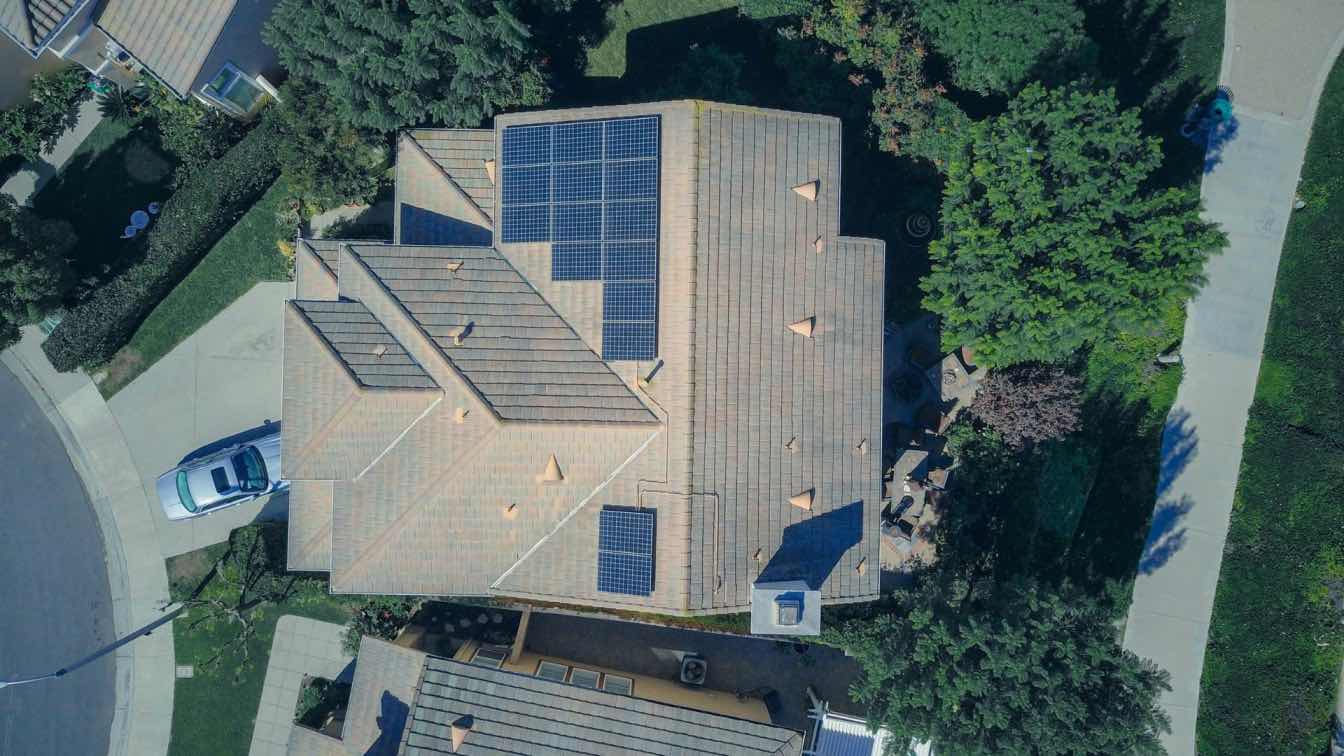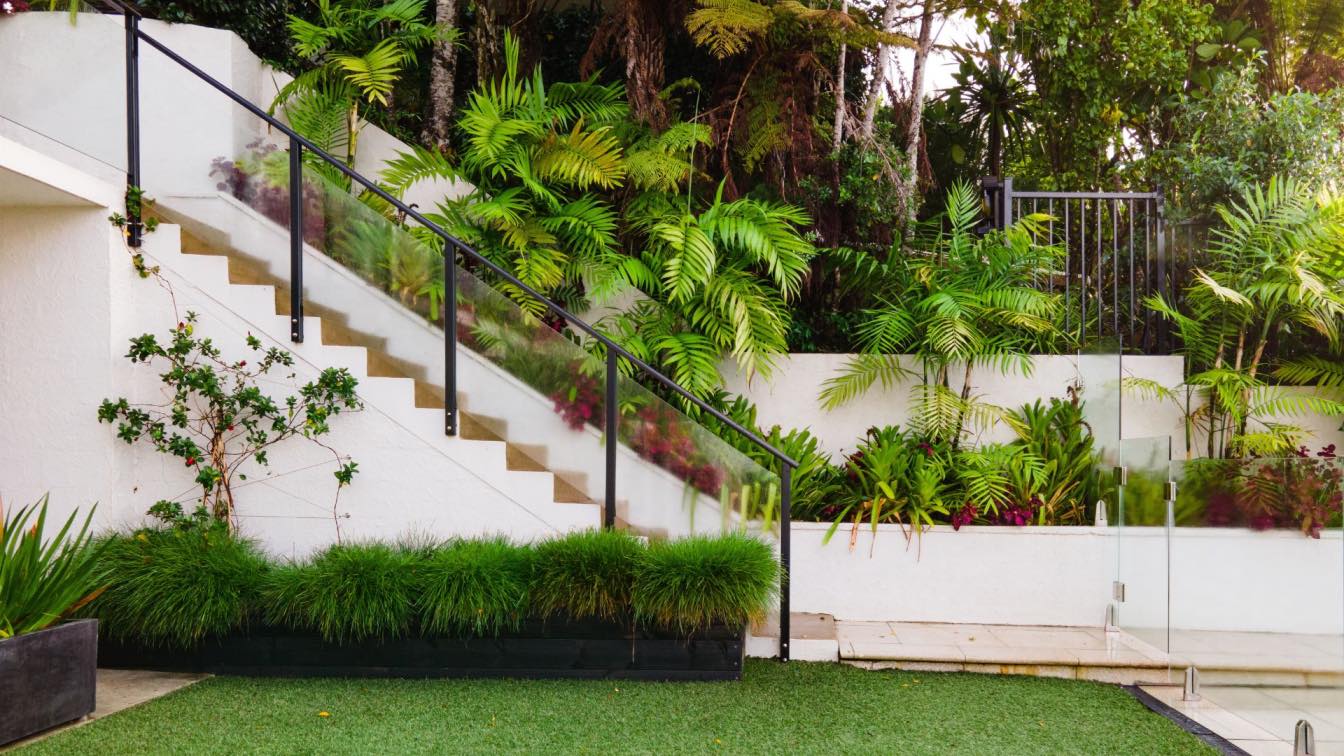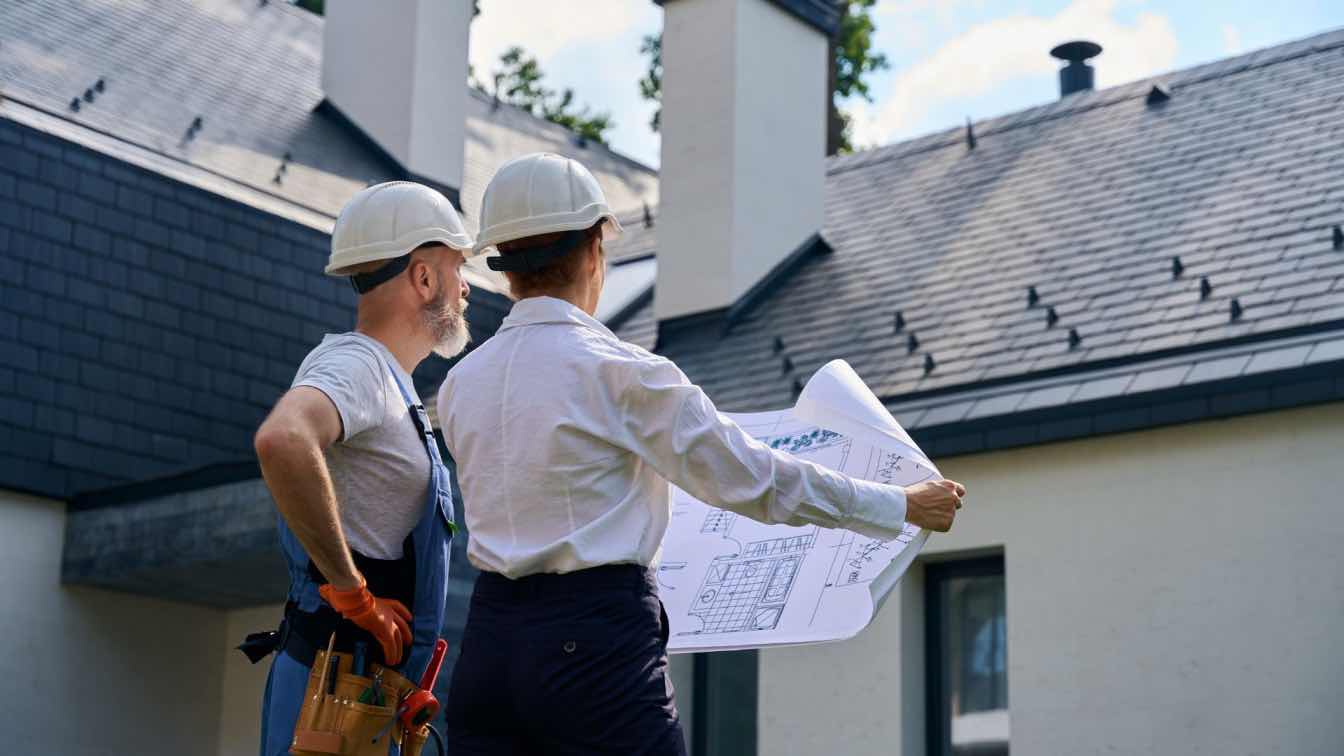Imagine a world where your home isn't just a place to live but a self-sustaining power source, harnessing the sun's energy to fuel your daily life. As we stand on the brink of a sustainable energy revolution, integrating solar power into modern home designs isn't just an eco-friendly choice—it's a visionary step towards a future where our living spaces contribute to a greener planet.
Architects and homeowners alike are now discovering the transformative potential of solar technology, seamlessly blending it into contemporary architecture. From sleek solar panels to innovative building-integrated photovoltaics, the possibilities are endless.
This article will guide you through the myriad ways solar power can enhance your home, offering practical tips, inspiring examples, and a look at how the right solar electricity plan, like those from GoRhythm, can make all the difference. Dive in and discover how solar energy can turn your home into a beacon of sustainability and efficiency.
The Evolution of Solar Technology
Solar panels have come a long way since their inception. Early panels were bulky, expensive, and relatively inefficient. Today, advancements in photovoltaic (PV) technology have significantly improved their efficiency and affordability.
Modern solar panels convert sunlight to electricity at higher rates, making solar energy more viable for widespread use. Efficiency improvements stem from better materials, such as monocrystalline and polycrystalline silicon, which allow for higher energy conversion rates and reduced costs.
Aesthetic Options Available
The aesthetic appeal of solar panels has also seen dramatic improvements. Traditional blue-black panels have been joined by options with sleek, all-black finishes that blend seamlessly with various roofing materials.
This change addresses a common concern: that solar panels might detract from a home's appearance. Now, homeowners can choose from a variety of designs that complement the architecture of their homes, making solar installations less obtrusive and more visually appealing.
Innovative Solar Technologies
Innovation in solar technology isn't limited to just panels. Solar shingles and tiles are emerging as popular alternatives. These products integrate directly into the roofing material, offering a streamlined look. Solar shingles function like traditional shingles but generate electricity, providing a dual purpose.
Architectural Considerations for Solar Integration
Integrating solar power into home designs requires a balance of aesthetics and functionality. Architects must consider how to incorporate solar panels without compromising the home's visual appeal. This involves thoughtful planning of panel placement, ensuring they blend seamlessly with the roofline and overall design.
Balancing Aesthetics and Functionality
Achieving a harmonious balance between aesthetics and functionality is crucial. Solar panels should be positioned to maximize sunlight exposure while complementing the architectural style of the home. This may involve using sleek, low-profile panels or integrating solar technologies into the building materials themselves.
Orientation and Positioning for Maximum Efficiency
The orientation and positioning of solar panels are key factors in their efficiency. Ideally, panels should face south in the Northern Hemisphere to capture the most sunlight throughout the day. However, this must be balanced with the roof's design and the home's overall aesthetics. Angling the panels appropriately and avoiding shading from nearby trees or buildings are also important considerations.
Incorporating Solar Panels into Roof Designs
Different types of roofs lend themselves to solar integration in various ways. Flat roofs, for example, can accommodate angled solar panels that optimize sun exposure. Pitched roofs, common in residential homes, can also be fitted with solar panels that follow the roof's slope, providing a more seamless look.
Enhancing Aesthetics with Solar Power
One of the most exciting aspects of modern solar technology is its ability to blend seamlessly with contemporary architectural designs. Creative design solutions enable solar panels to complement, rather than detract from, the overall aesthetic of a home. For instance, all-black panels can be used to create a sleek, minimalist look that aligns with modern design principles.
Creative Design Solutions
Architects can employ various creative solutions to integrate solar panels into their designs. This includes using panels as part of the building’s structure, such as incorporating them into the roof or façade. Solar glass windows, for example, can provide energy while maintaining a building’s transparency and design integrity.
Using Solar Technology as a Design Feature
Solar technology can also be used as a standout design feature. Solar canopies and pergolas, for instance, not only provide shade but also generate electricity. These structures can be designed to match the home's aesthetic, adding both functionality and beauty to outdoor spaces.
Solar Facades
Solar facades represent another innovative use of solar technology. These systems replace conventional building materials with solar panels, creating a striking, energy-generating exterior. This approach is particularly effective in urban environments where roof space may be limited but vertical surfaces are abundant. By incorporating solar technology into facades, buildings can achieve a modern, high-tech look while significantly boosting their energy efficiency.
Energy Efficiency and Cost Savings
Combining solar power with energy-efficient home designs can significantly boost a home's sustainability. Insulation, energy-efficient windows, and energy-saving appliances can all work in tandem with solar panels to minimize energy consumption.
Smart home systems further enhance this efficiency by optimizing energy use based on real-time data. For instance, smart thermostats can adjust heating and cooling based on occupancy and weather patterns, reducing unnecessary energy use and maximizing the benefits of solar power.
Smart Home Systems and Energy Management
Integrating smart home systems with solar power allows for sophisticated energy management. These systems can monitor energy production and consumption, allowing homeowners to adjust their usage to ensure optimal efficiency. For example, surplus energy generated during peak sunlight hours can be stored in batteries for use during the evening or cloudy days. Advanced energy management systems can also schedule the operation of high-energy appliances, such as washing machines and dishwashers, to coincide with peak solar energy production.
Financial Benefits
The financial benefits of solar power are substantial. While the initial installation cost can be significant, the long-term savings on energy bills are considerable. Solar panels can dramatically reduce or even eliminate monthly electricity costs, depending on the size of the installation and local energy rates.
Additionally, many regions offer incentives and rebates for solar installations, further reducing the upfront cost. These financial incentives, combined with the long-term savings, make solar power a financially sound investment for homeowners.
Case Studies and Examples
Several notable examples illustrate the successful integration of solar power into modern home designs. One such example is a home in Austin, Texas, where solar panels are seamlessly integrated into the roof design, maintaining the home's aesthetic appeal while providing significant energy savings. Another example is a net-zero energy home in California, which combines solar power with advanced energy-efficient features to produce as much energy as it consumes.
Lessons Learned from Successful Projects
These projects offer valuable lessons for integrating solar power into home designs. Key takeaways include the importance of early planning, selecting the right solar technology, and considering the home's orientation and roof structure. Collaborating with experienced solar installers and architects, such as trusted providers like Trinity Solar, can also ensure a successful integration that maximizes both energy production and aesthetic appeal.
The Role of Solar Electricity Plans
Choosing the right solar electricity plan is crucial for maximizing the benefits of a solar installation. GoRhythm's solar electricity plans, for example, offer tailored solutions that align with the specific energy needs and usage patterns of homeowners. These plans can enhance the efficiency and sustainability of a solar-powered home, providing not only financial savings but also a reliable and consistent energy supply.
Conclusion
The future of solar power in home design looks promising, with trends pointing towards increased integration and innovation. Advances in solar technology, such as transparent solar windows and flexible solar panels, will continue to expand the possibilities for incorporating solar power into various architectural styles. As technology improves, solar power will become an even more integral part of sustainable home design.
Encouraging Sustainable Choices
Encouraging architects and homeowners to prioritize renewable energy is essential for driving the adoption of solar power. Education and awareness campaigns can highlight the environmental and financial benefits of solar energy, inspiring more people to consider it as a viable option for their homes.
Demonstrating the success of solar-powered homes through case studies and examples can also motivate others to follow suit.
The Long-term Impact of Integrating Solar Power into Home Designs
The long-term impact of integrating solar power into home designs is profound. It not only reduces reliance on fossil fuels but also decreases greenhouse gas emissions, contributing to a cleaner, more sustainable future.
By making solar power a standard feature in home design, we can significantly reduce our carbon footprint and pave the way for a more sustainable living environment. This shift towards renewable energy sources will have lasting benefits for both current and future generations, making solar power an essential component of modern home design.





